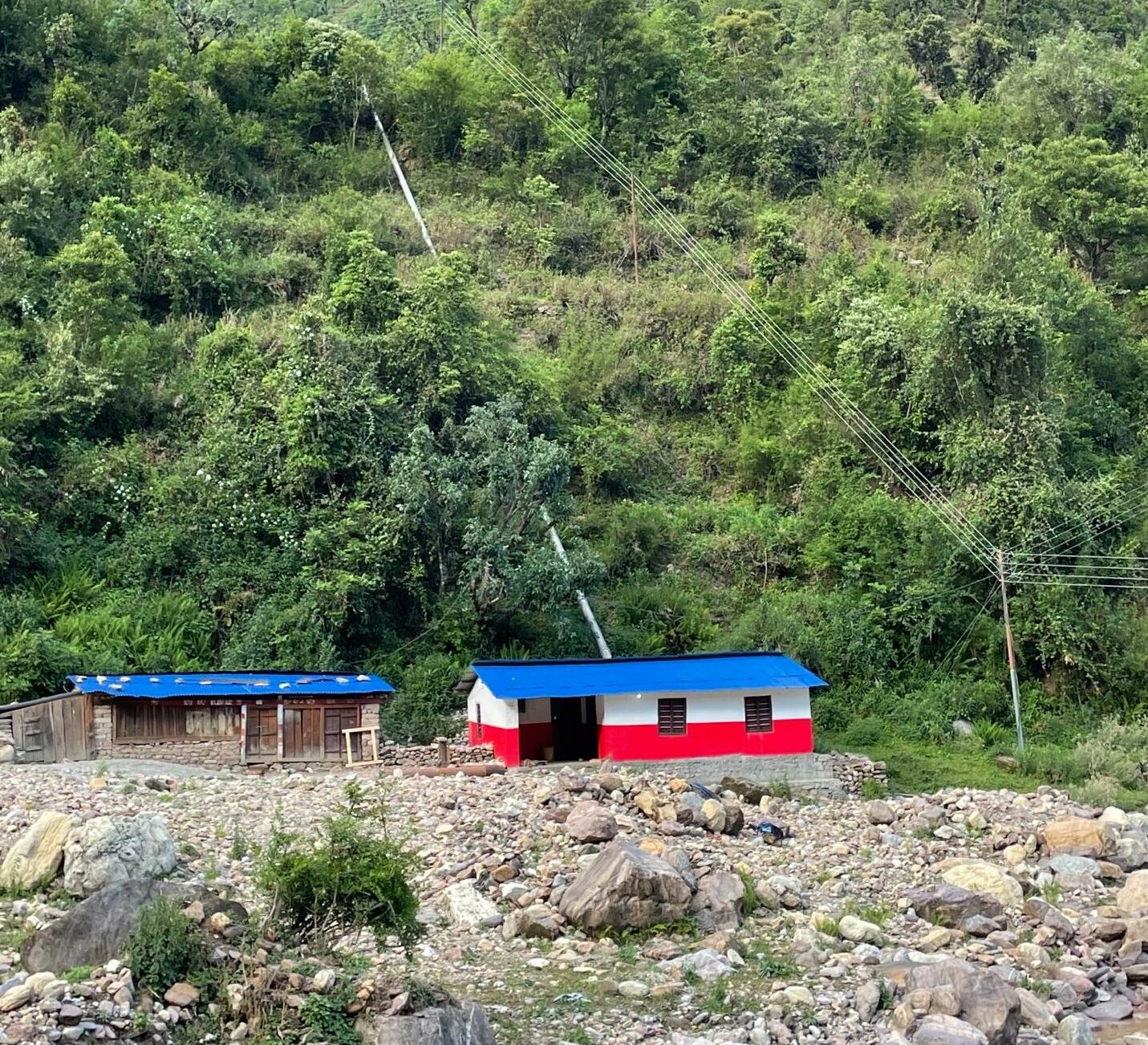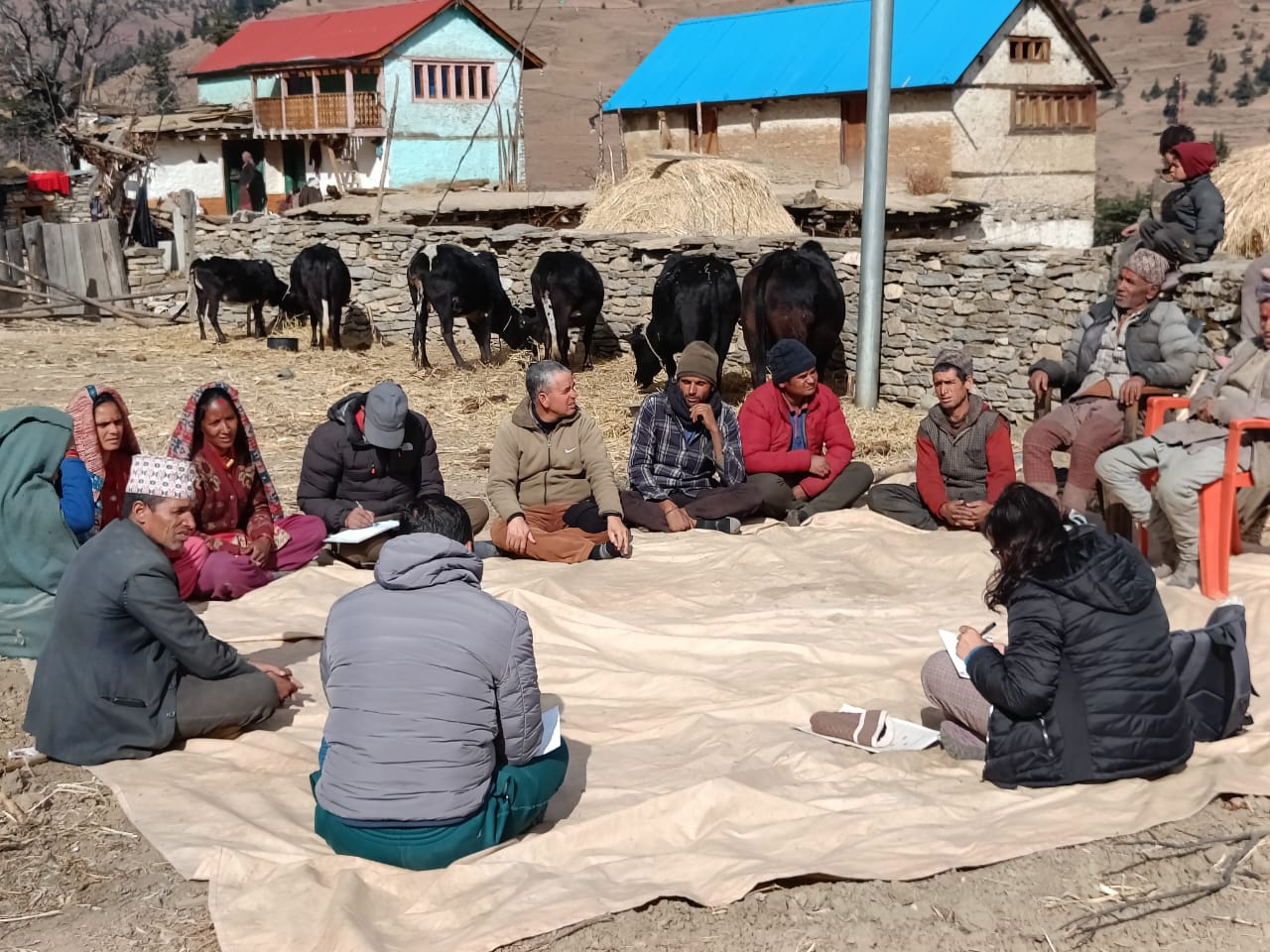More than 45 teachers from 15 schools in Chubut Province, Argentina, participated in the first training to launch our newest capacity building partnership: the YouthEnergy project.
The Success and Struggles of Nepal's Micro-Hydro Projects
Community Empowerment and Renewable Energy
by: Biraj Gautam – People, Energy and Environment Development Association (PEEDA)
Nepal, a beautiful country in southern Asia, boasts glorious mountains. These mountains are the source of abundant water resources and with support from various development partners alongside government policy, micro-hydro technologies were introduced into Nepal fifty years ago. There are more than 3,000 small-scale hydro projects constituting major power projects that support more than 300,000 households.
Most were implemented under a unique model of rural electrification where the rural communities were put in charge of the construction, ownership and management of the hydropower plants, while the government and a variety of NGOs provided subsidies and technical support during the construction phase. However, these projects are now facing significant challenges due to the expansion of the national grid, low household incomes and maintenance issues. In recent years, micro-hydro power (MHP) projects in Nepal have faced unprecedented impacts due to the combination of changing climatic patterns and inadequate development planning.

Micro-hydro community in Jumla
Within the scope of our Innovation Lab in Nepal, I was part of the project team that visited the mountain districts of Jumla and Baglung in April and May of this year. We had the opportunity to inspect seven micro-hydro sites and to engage with numerous community groups and individuals who benefit directly from these projects. Our observations encompassed the overall infrastructure of the micro-hydro plants, the surrounding landscape and the management of the nearby forests.

Visit of the Jumla District
It was heartening to witness the diverse advantages that these MHP plants bring to the local communities, including the provision of electricity for households, commercial operations, telecom towers and lighting to ensure night-time safety. However, it became evident that the challenges faced by both the MHP projects and the communities have intensified in recent years.
The locals have noticed changes in precipitation patterns, resulting in increased frequency and intensity of destructive weather events. Landslides and flooding were identified by all the communities we visited as unpredictable and significant problems.

MHP in the Baglung District
Moreover, such detrimental effects have been intensified by poorly constructed roads, river mining activities and indiscriminate tree felling in upstream areas. Unfortunately, none of the micro-hydro projects have sufficient surplus funds to support basic repairs and maintenance, primarily due to the low power demand (a load factor of less than 20%). Nonetheless, we have identified concrete opportunities to improve the sustainability of the MHP projects and maximise their benefits by:
- Exploring the potential productive uses of electricity
- Integrate the MHP systems with forestry and agriculture
- Implement activities that promote landscape management to adapt to the impacts of climate change and changes to the landscape caused by human activities.

